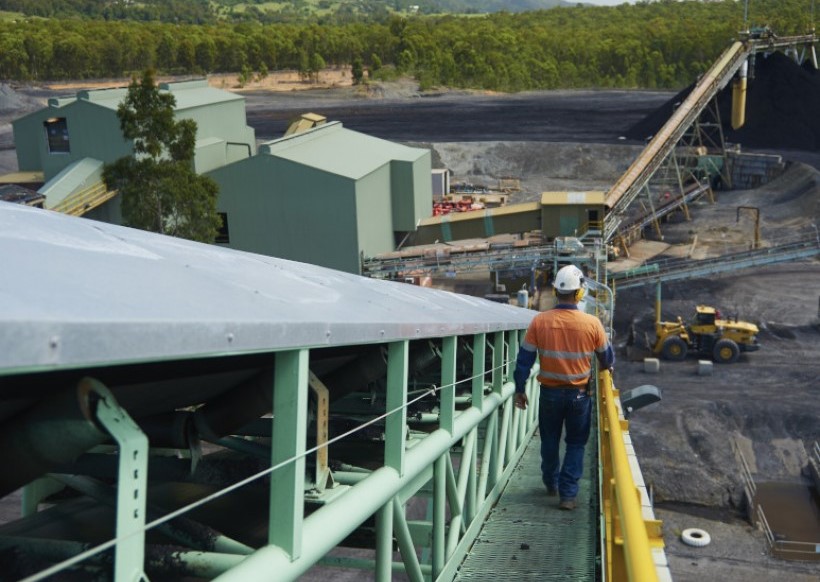Green Gravity and international engineering heavyweight GHD have signed a memorandum of understanding to develop new applications for the startup’s storage solution, which moves heavy weights vertically in legacy mine shafts to capture and release the gravitational potential energy, providing long-duration storage to the grid.
In a wide-ranging partnership, Australian-based Green Gravity and GHD will collaborate on technical engineering, policy, regulatory matters and electricity grid connectivity practices.
Green Gravity Chief Executive Mark Swinnerton said the partnership marked the next crucial stage in the commercialization of the company’s “home-grown” gravitational energy storage technology.
“Recent escalating power prices declared in the federal budget demonstrate how important it is for innovative Australian companies to commercialize new technology quickly,” he said. “Solving the power pricing challenge requires collaboration across sectors, innovation, and determination. We are up for the challenge.”
Green Gravity's technology harnesses the fundamental principles of gravity and kinetic energy to store and dispatch energy by lifting and lowering ultra-heavy weights in legacy mine shafts. As the weights are lowered, the cable holding the weights passes through a device called a ‘winder’, which then turns a motor.
The company aims to raise the weights when excess renewable energy is available and lower the weights to satisfy demand; either for industrial purposes or simply because prices in the electricity grid make it an attractive time to dispatch.

The concept is similar to other gravity energy storage technologies, but Swinnerton believes the use of old mine shafts, rather than purpose-built tall towers, will be his competitive advantage.
Popular content
“Green Gravity’s energy storage technology represents a breakthrough in the search for economic long-duration storage of renewable energy,” he said. “By re-using mining assets, costs can be kept low. By using gravity as the fuel, we dispense with consuming the critical water, land, and chemicals which other storage technologies rely on.”
The signing of the agreement with GHD follows the announcement that Green Gravity will work with Australian coal producer Yancoal to explore the potential application of its energy storage technology at the Austar coal mine site in the Australian state of New South Wales.
Austar has been idle for more than two years and Swinnerton said decommissioned ventilation shafts that connect the underground mine to the surface look like a prospective place for Green Gravity to deploy its technology.
The deal with Yancoal will see the two companies work together on a feasibility study for the installation of Green Gravity’s equipment at the site, potentially paving the way for widespread application of the technology.
Swinnerton said the study was a great opportunity not just for Green Gravity to prove its technology's value, but also for legacy mine sites to show their continuing worth. “Successfully identifying the best method of fitting gravitational technology at the former Austar mine site will create a template for beneficial reuse of legacy mining sites for Yancoal, and for thousands of other mines around the country.”
Yancoal Australia Chief Executive David Moult said the study will also assess how gravitational energy storage assists in delivering beneficial post-mining land use.
“An important element of the project will be to show how renewable energy projects can play a potential role in beneficial post-mining land use,” he said.
This content is protected by copyright and may not be reused. If you want to cooperate with us and would like to reuse some of our content, please contact: editors@pv-magazine.com.



3 comments
By submitting this form you agree to pv magazine using your data for the purposes of publishing your comment.
Your personal data will only be disclosed or otherwise transmitted to third parties for the purposes of spam filtering or if this is necessary for technical maintenance of the website. Any other transfer to third parties will not take place unless this is justified on the basis of applicable data protection regulations or if pv magazine is legally obliged to do so.
You may revoke this consent at any time with effect for the future, in which case your personal data will be deleted immediately. Otherwise, your data will be deleted if pv magazine has processed your request or the purpose of data storage is fulfilled.
Further information on data privacy can be found in our Data Protection Policy.